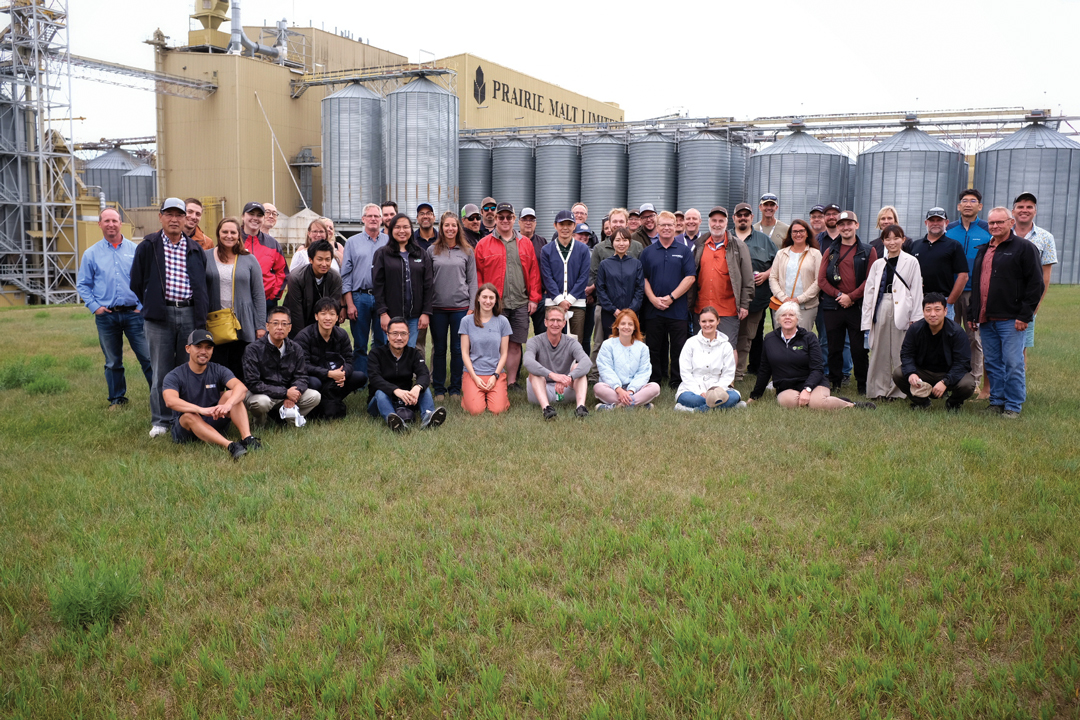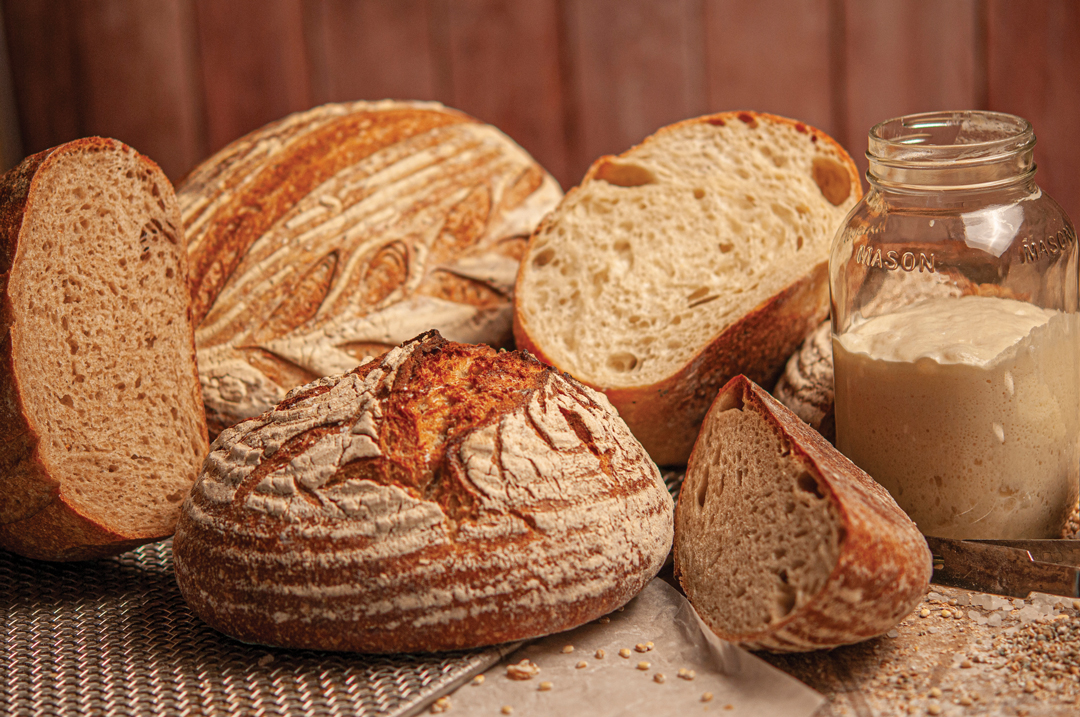BOUNCING BACK
BRUTAL 2016 HARVEST CONDITIONS CAN AFFECT 2017 CROP
MARKETING PLANS
BY JON DRIEDGER
Last fall ’s harvest was brutal for the majority of Prairie farmers. Many growers have crop still unharvested and fieldwork left undone, yet are facing saturated, frozen ground in their fields. Hopefully, the spring will be early and dry, which might allow for some catching up and timely seeding. But, of course, that’s not a guarantee, and a late and wet spring would only make the situation worse.
In a normal year (if there is such a thing), farms would be planning sales for fall 2017, as they anticipate the need to move grain during harvest. Most operations have to move at least some crop in the fall, and it’s usually advisable to book these sales in advance rather than putting yourself at the mercy of the spot market at a time when prices tend to come under seasonal pressure. Given the circumstances, many growers are understandably cautious about making any forward sales.
How can growers manage this additional layer of uncertainty for the 2017 season? There is no magic bullet that will solve the problem, but there are some things to consider in making the right decision for your farm.
Whenever producers make new crop-selling decisions, they are essentially trading one risk for another. Specifically, the price risk is removed when value is locked in. That being said, production risk is taken on in the event that the crop is unable to be delivered. By not making a sale, producers carry price risk, but don’t have to worry about a production shortfall.
It’s not always easy to navigate this trade-off. When prices are very attractive, the risk of a decline is higher than when values are lower, which in turn may make it worth taking on some production risk on a portion of the crop. Finally, every farm has varying comfort levels as to how much crop, if any, they are willing to forward sell.
In some ways, we can view the current circumstances as having moved the risk trade-off down the scale to where the risk of not being able to deliver on a forward sale is higher. This may raise the bar to where we are prepared to make a commitment (i.e., where a higher price is needed to make it worthwhile to lock in values and take on the potential risk of coming up short on production).
Does this mean that growers should abandon the idea of locking in prices for fall delivery until the crop is safely in the ground? Definitely not, although our approach and the tools that we use may need to be tweaked.
First and most important, regardless of the circumstances, growers need a sound understanding of the fundamentals for each crop as well as the factors that will drive prices going forward. After all, how can one determine what is a “good” value and fairly assess the risk/reward trade-offs between price and production risk if we don’t understand the underlying market dynamics? This is even more important when the production risk is magnified.
Second, think about pricing contracts that incorporate some protection for production risk. Some contracts include an “act of God” clause. This might require accepting a lower price than you would if you were making a sale without the clause, but perhaps that trade-off is worth it.
In the case of a crop like wheat, selling a lower base grade may reduce some of the quality risk. Many contracts will pay you the premium if you grow a higher-quality grade. If not, then perhaps you can buy some lower-quality wheat to fill that contract, while marketing your better sample into a higher-value outlet.
Third, consider the use of put options on futures contracts. These tools allow growers to protect downside price risk without creating any obligations for their production, while still leaving the entire price upside open. These contracts are also very flexible.
The cloud of the 2016 harvest continues to hang over many growers as we begin planting this spring. Even though it might make certain marketing decisions more difficult, we can’t afford to sit on our hands and hope the price side of the equation works for the best. Instead, take advantage of the tools and strategies that are available when opportunities do arise, and then recalibrate as needed. Last but not least, pray for favourable spring weather.







Comments